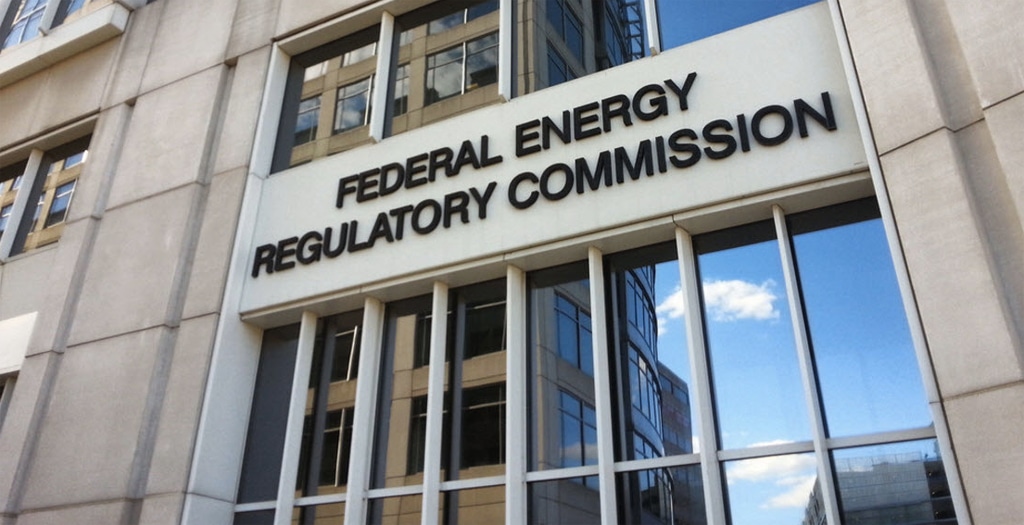The Federal Energy Regulatory Commission (FERC) yesterday approved an order that lets distributed energy resources (DERs), like rooftop solar and storage, participate alongside traditional resources in the regional organized wholesale energy markets.
“This is a game changer,” Ravi Manghani, Wood Mackenzie’s head of solar said of the new rule, which many say will help make the grid more resilient, sustainable and affordable.
New technologies and business models that did not have a lot of space in the room will now have an opportunity to flourish, Dan Finn-Foley, head of storage at Wood Mackenzie said. “This order allows us to design for the future,” Ellta Kolo, Wood Mackenzie’s lead grid-edge researcher added.
DERs range from electric storage and intermittent generation to distributed generation, demand response, energy efficiency, thermal storage and electric vehicles and their charging equipment.
“Enabling these flexible resources to participate together as ‘virtual power plants’ in wholesale markets is a victory for enhancing grid reliability, enabling a more resilient grid and lowering costs for customers,” Kelly Speakes-Backman, CEO of the Energy Storage Association said, noting that this new rule builds on FERC order 841, which lets energy storage to compete in wholesale power.
Additionally, for grid operators, the new rule provides much-needed clarity on how to harness the energy and ancillary services that DERs provide, Katherine Gensler, the Solar Energy Industries Association’s vice president of regulatory affairs added.
Order 2222 appears to recognize the principle that any resource able to provide a defined service should be able to compete in the market, Gregory Wetstone, president of the American Council on Renewable Energy (ACORE) pointed out. “Unfortunately, FERC is working against this principle in the nation’s capacity markets by continuing to erect barriers to the entry of new technologies in PJM and NYISO through the use of minimum offer price rules,” he noted. “While today’s order on distributed energy resources follows in the forward-thinking footsteps of [Order 841] on energy storage, no market can be free until arbitrary resource-specific price floors are eliminated,” he added.
After Order 2222 is published in the Federal Register, individual regional transmission organizations and independent system operators will have 270 days to propose an implementation plan that outlines how the final rule will be implemented in a timely manner.
This content is protected by copyright and may not be reused. If you want to cooperate with us and would like to reuse some of our content, please contact: editors@pv-magazine.com.








By submitting this form you agree to pv magazine using your data for the purposes of publishing your comment.
Your personal data will only be disclosed or otherwise transmitted to third parties for the purposes of spam filtering or if this is necessary for technical maintenance of the website. Any other transfer to third parties will not take place unless this is justified on the basis of applicable data protection regulations or if pv magazine is legally obliged to do so.
You may revoke this consent at any time with effect for the future, in which case your personal data will be deleted immediately. Otherwise, your data will be deleted if pv magazine has processed your request or the purpose of data storage is fulfilled.
Further information on data privacy can be found in our Data Protection Policy.